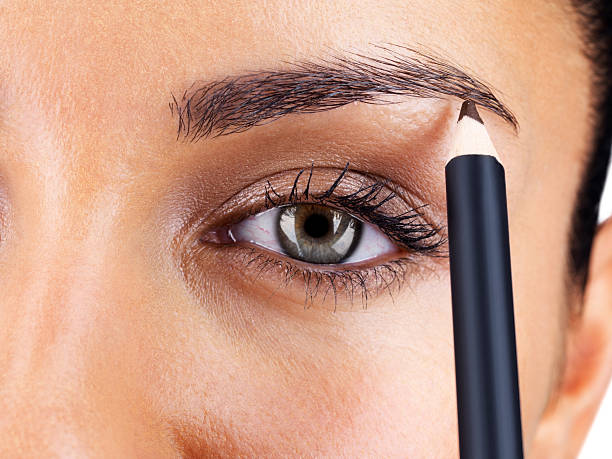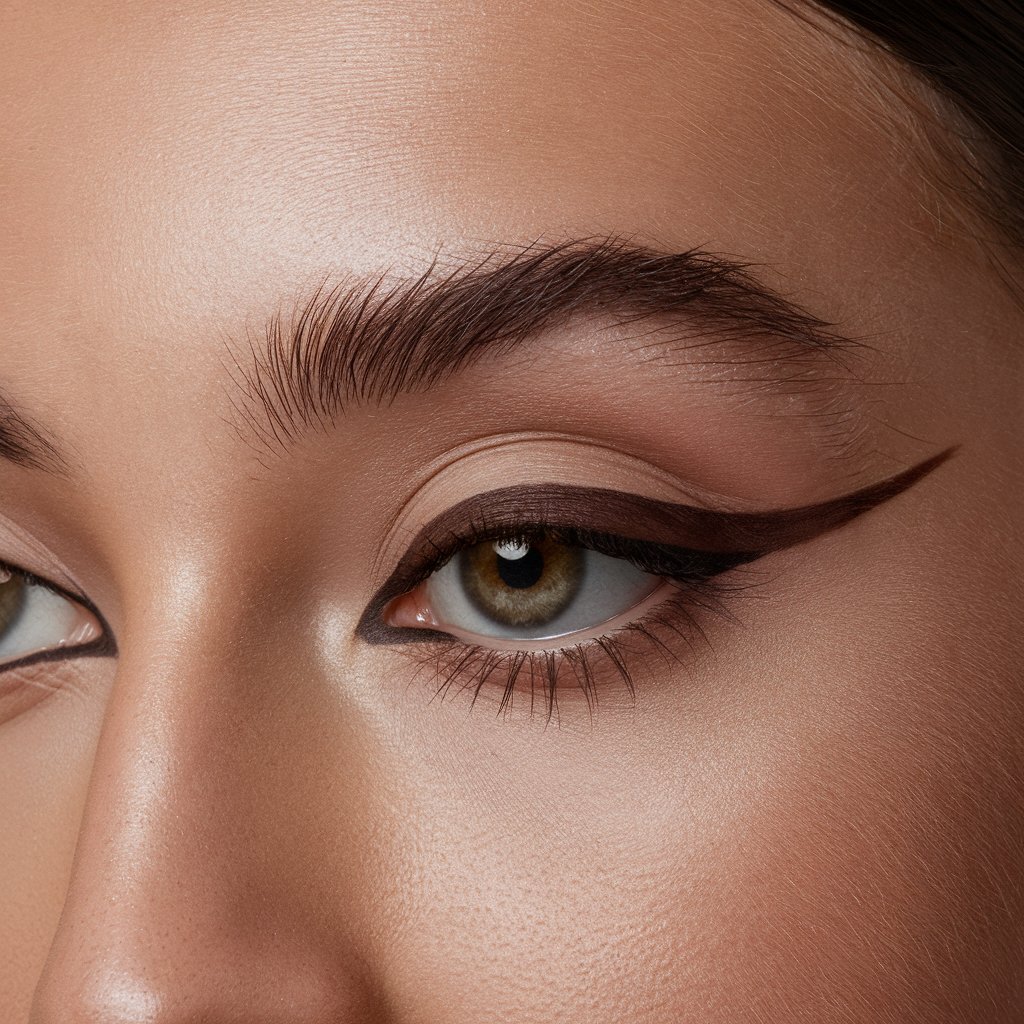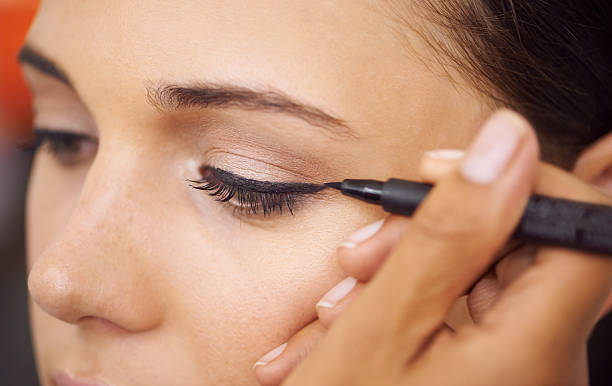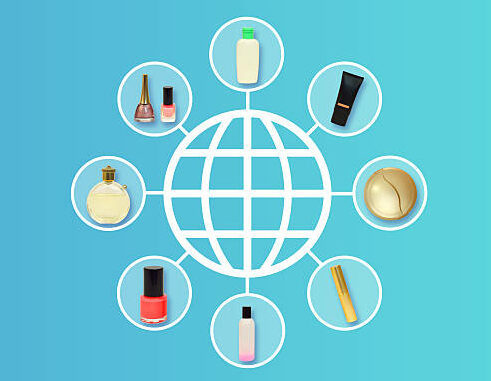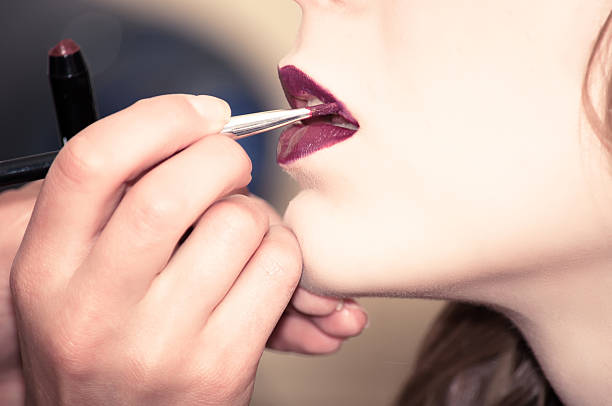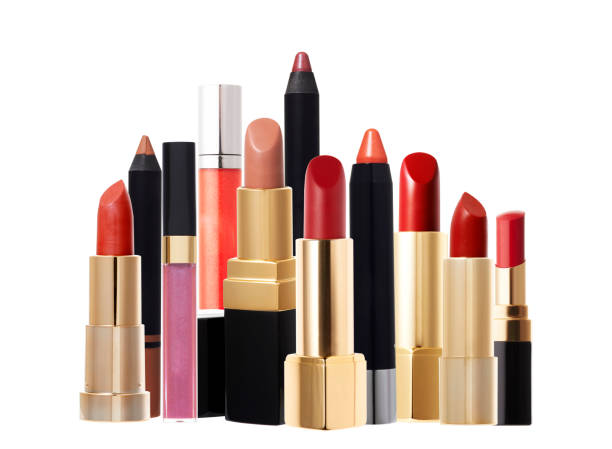The cosmetic industry is a thriving and competitive market that presents immense opportunities for aspiring entrepreneurs. However, navigating through the complexities of starting a cosmetics business requires careful planning and execution. In this step-by-step guide, we will explore the essential aspects you need to consider to start a makeup business. From identifying your niche to scaling and sustaining your business, this comprehensive guide will equip you with the knowledge and strategies to embark on this exciting journey.
#1: Research and Planning Phase

A. Identifying Your Niche in the Cosmetic Industry
To successfully enter the cosmetic market, it is crucial to identify your target market. Consider aspects such as age group, gender, geographic location, and specific preferences of your potential customers. Thoroughly researching market trends and analyzing competitors will help you understand the current demand and provide insights into product development. Moreover, determining what sets your cosmetics apart from competitors is essential for building a unique selling proposition.
B. Creating a Robust Business Plan
To lay a strong foundation for your makeup business, develop a comprehensive business plan.
- Start by outlining your business objectives and goals, ensuring they are realistic, measurable, and time-bound.
- Conducting a thorough market analysis will help you identify market gaps, consumer needs, and competitors’ weaknesses. From there, you can develop a product roadmap and pricing strategy that aligns with your target market.
- Additionally, outline your marketing and sales approach, detailing how you plan to promote and distribute your products.
- Lastly, establish a financial plan and budget to ensure your business’s financial stability and growth.
#2: Legal and Operational Considerations

A. Registering Your Business and Obtaining Permits/Licenses
To operate legally, it is crucial to choose an appropriate business structure, such as a sole proprietorship, limited liability company (LLC), or corporation. Registering your business name and trademarks will safeguard your brand identity and prevent any potential legal issues. Additionally, ensure compliance by obtaining the necessary permits and licenses from regulatory bodies such as the Food and Drug Administration (FDA) and local health departments.
B. Establishing Your Supply Chain and Sourcing
Building a reliable supply chain is vital for maintaining the quality and consistency of your cosmetic products. Decide whether you will manufacture in-house, outsource production, or opt for private label cosmetics manufacturer. When sourcing ingredients and materials, verify supplier certifications and quality standards to ensure you use only the best. Establishing long-term relationships with trustworthy and ethical beauty product manufacturers will contribute to the success of your business.
C. Designing and Manufacturing Your Cosmetics
Developing unique product formulations is crucial to stand out in the competitive cosmetic market. Collaborate with a cosmetic chemist or a makeup manufacturer to create innovative and safe formulations that reflect your brand’s vision. Additionally, invest time and effort into crafting appealing packaging and labeling that aligns with your brand image. Remember to stay up-to-date with regulatory requirements to guarantee your products’ compliance with safety guidelines.
#3: Marketing and Launching Strategies
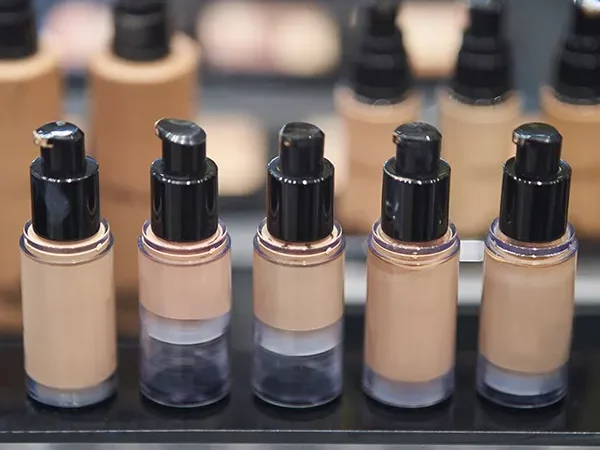
A. Branding and Product Positioning
Establishing a compelling brand identity and mission statement will help you differentiate yourself from competitors. Create a memorable brand name and logo that resonate with your target market. Craft unique selling propositions that highlight the distinct features and benefits of your cosmetics, emphasizing why customers should choose your products over others.
B. Building an Online Presence
In today’s digital age, having a strong online presence is essential for reaching and engaging with your target audience.
- Set up a user-friendly website that not only showcases your products but also delivers an exceptional brand experience. Implement search engine optimization techniques to increase your visibility online.
- Leveraging social media platforms is a powerful way to connect with potential customers through engaging content, community-building, and direct communication.
- Effective content marketing strategies such as blogs, videos, and tutorials can educate and inspire your audience, building trust and brand loyalty.
C. Formulating Marketing Campaigns
To drive awareness and generate interest in your cosmetic brand, define your marketing channels carefully. Explore influencer partnerships to leverage their reach and credibility within your target market. Email marketing enables you to build a direct line of communication with potential customers and nurture relationships with existing ones. Paid advertising campaigns can be highly effective in capturing the attention of your audience. Utilize marketing analytics to measure the performance of your campaigns and make data-driven decisions to improve results continually.
#4: Scaling and Sustaining Your Business
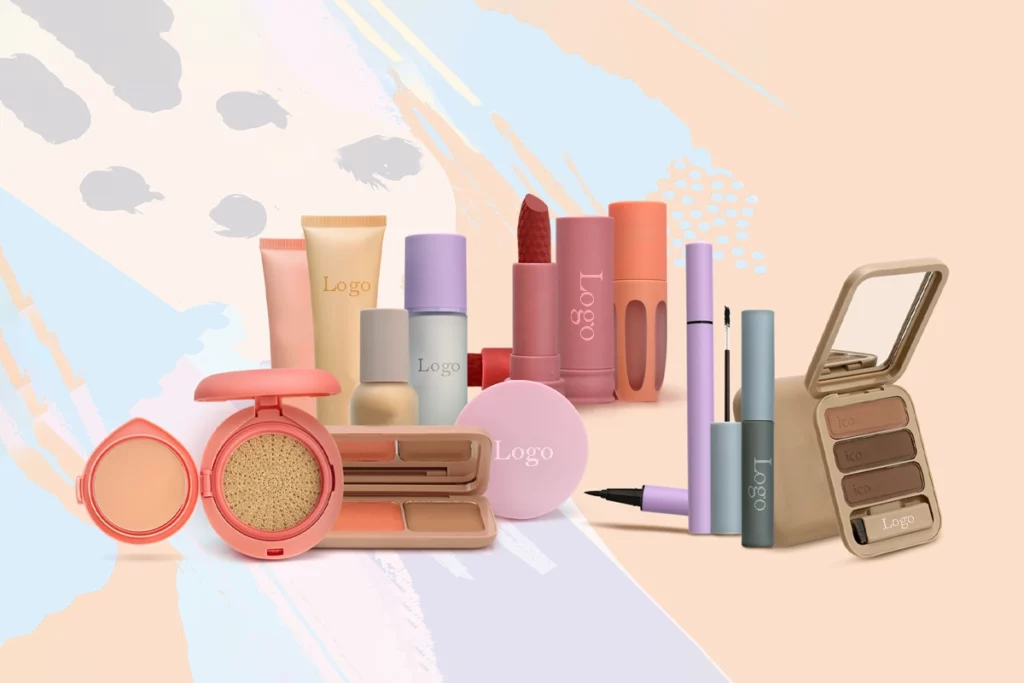
A. Managing Inventory and Production
As your business grows, implementing inventory management systems becomes essential for efficient operations. Ensure your production processes are optimized to meet increasing demand while maintaining product quality. Consider exploring strategic partnerships with logistics providers and distributors to expand your reach and streamline your supply chain.
B. Improving Customer Experience and Retention
Providing excellent customer service is crucial for fostering customer loyalty and creating a positive brand reputation. Gather feedback from your customers and use it to implement product improvements and enhance the overall customer experience. Developing a loyalty program, offering incentives, and personalized recommendations can encourage repeat purchases and boost customer retention.
C. Innovating and Adapting to Industry Trends
The cosmetic industry is constantly evolving, driven by emerging trends and consumer demands. Stay up-to-date with the latest cosmetic trends and ingredients through continuous research. Utilize this knowledge to make informed decisions while continuously improving your product range. Embrace sustainability and eco-friendly practices, as environmental consciousness plays an increasingly significant role in consumer purchasing decisions.
How Much Does it Cost to Start a Makeup Business?

The cost of starting a makeup business can vary depending on several factors such as the scale of your operation, product range, marketing strategy, and location. A rough estimate for starting a small makeup business can range from $10,000 to $50,000. This budget typically includes expenses like product development and formulation, packaging design and production, inventory, marketing materials, website development, and initial marketing campaigns. However, it’s important to note that these figures are just estimates, and the actual costs can vary significantly based on individual circumstances and choices.
How to Start a Makeup Business with No Money?
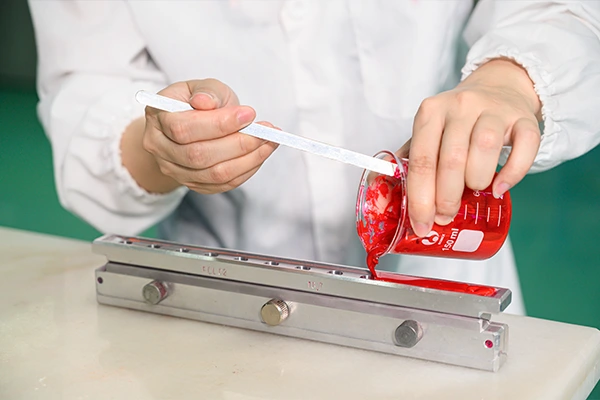
Starting a makeup business with no money can be challenging, but it’s not impossible. Here are a few strategies to consider:
- Start small and focus on a specific niche: Begin by offering a limited range of products that cater to a specific target market. This will help you minimize costs by reducing the need for a wide variety of inventory.
- Utilize resources you already have: Take stock of any existing makeup products, tools, or equipment you have and utilize them to create your initial product offering. Additionally, leverage free or low-cost online platforms like social media and e-commerce websites to showcase and sell your products.
- Seek partnerships and collaborations: Partner with local artisans, makeup artists, or other small businesses to create mutually beneficial collaborations. This can help reduce costs and expand your reach through shared resources and cross-promotion.
- Start with a service-based model: Instead of selling physical makeup products, consider starting with a service-based model, such as offering makeup consultations, bridal makeup, or makeup workshops. This can generate income without requiring a significant upfront investment in product inventory.
How to Find a Makeup Manufacturer for Your Business?
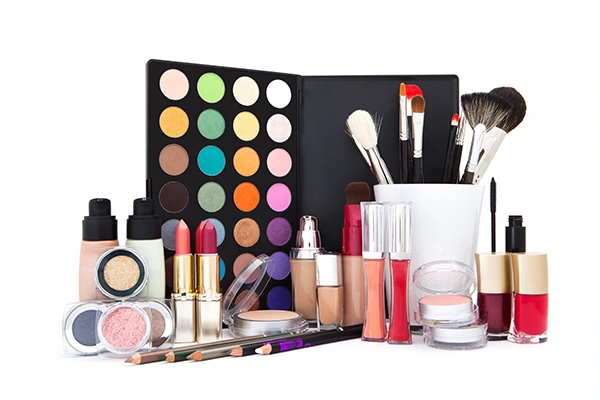
- Industry Research: Research reputable cosmetics manufacturers in your target market.
- Networking: Connect with industry professionals and attend trade shows.
- Online Directories: Use platforms like Alibaba or Thomasnet to find makeup manufacturers.
- Referrals: Ask for recommendations from those who have worked with manufacturers.
- Shortlisting: Evaluate portfolios, certifications, MOQs, and pricing.
- Communication: Reach out to potential manufacturers and ask detailed questions.
- Samples: Request product samples or small pilot runs to assess quality.
- Negotiation: Negotiate terms, pricing, and production timelines.
- Agreements: Create a written agreement covering important aspects.
For more information to find the right manufacturer that aligns with your brand’s vision and requirements, you can read our blog post titled [How to FInd a Reliable Cosmetic Manufacturer].
Conclusion
Starting a cosmetic business requires careful planning, research, and execution. By following this step-by-step guide, you will be equipped with the necessary knowledge and strategies to enter the cosmetic industry confidently. Understand your target market, develop a robust business plan, navigate legal considerations, and implement effective marketing and scaling strategies. With dedication, creativity, and a commitment to excellence, you can carve out a successful path in the exciting world of cosmetics.


